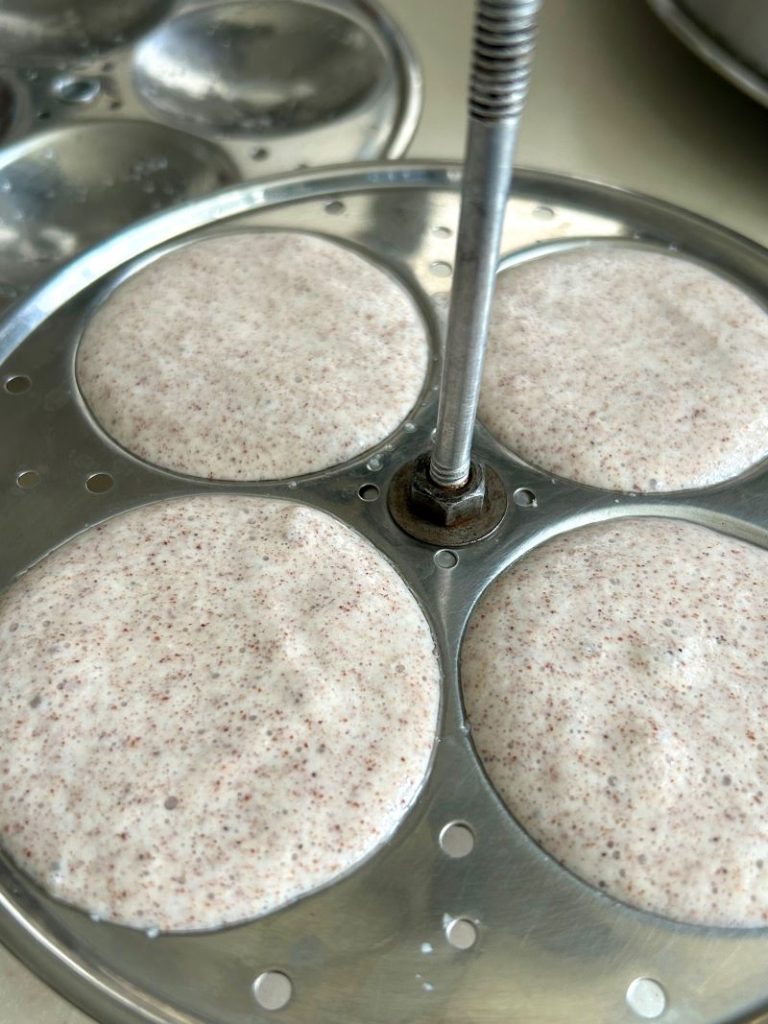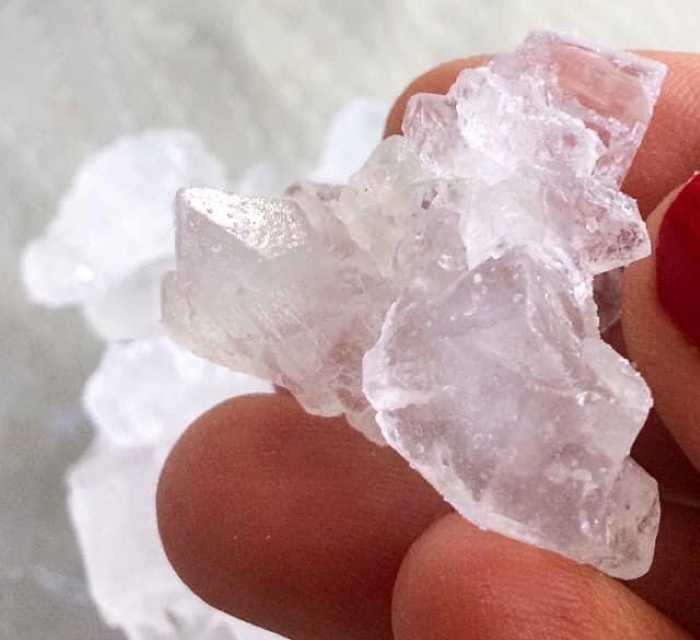
Diarrhoea (loose, watery bowel movements) is a common problem in young children. It rarely means a child has a serious illness. Three most common reason for loose watery stools are: –
- viral or bacterial infection
- drinking too much fruit juice
- starting a new medicine
The biggest risk of diarrhoea is dehydration which means losing body fluids and not having enough electrolytes for their body to function the right way. Your child NEEDS to stay hydrated at all times which means giving extra liquids in smaller amounts at regular intervals.
I love summer season but with temperatures soaring comes a large variety of infections and stomach bug is one of most common infections in summers. Most of such cases don’t require any medication or medical attention and can be cured at home with few dietary changes. Mild diarrhoea is 2-4 watery bowel movements in a day which usually goes away on its own.
When do you require medical attention?
- If your child is below 18 months old, ALWAYS consult your pediatrician.
- If diarrhoea lasts for more than 2 days
Now let’s come to the biggest question- WHAT TO FEED YOUR LITTLE ONE?
Yes, we all know the usual stuff that we Indians normally eat when we have an upset tummy like khichri (rice and lentil gruel) and curd rice. But we mothers are aware that our child gets extra fussy when sick and will need variety. As a mother of a 10 year old boy I can understand your plight. We are always in a fix when it comes to preparing the next meal for our child when he/she is sick. We want it to be nutritious, mild, wholesome and above everything else your child needs to find it tasty.
So yes! The biggest challenge is what healthy and tasty stuff can you give? So here I am to your rescue. I will share with you few tips and simple, healthy yet delicious tried and tested recipes which will help you sail through the infection.
Pro Tips
Diet rule for Diarrhoea is B.R.A.T.Y diet, i.e.: Banana, Rice, Applesauce, Toast and Yogurt
- Include more of yogurt in your child’s diet. The probiotics in yogurt will soothe his/her digestive system.
- Switch to fruits like apple and banana which helps in binding the stool and avoid all fruits starting with letter ‘P’ like peaches, plums, papaya, pear. Also avoid apricots and strawberries.
- Give your child more food containing starch. Starchy foods like rice, pasta, potato, white bread (refined flour bread) are easily digested during diarrhea.
- Avoid all green leafy vegetables like spinach, Broccoli
- Include more carrots in diet. Pectin in carrots soothes digestive tract and helps add bulk to the stool.
- And most importantly, keep your child well hydrated at all times. Strictly avoid all kinds of juices, fresh or concentrated.
Now keeping the B.R.A.T.Y diet in mind, here are some simple and healthy recipes to feed your child
- Banana Smoothie: Consuming bananas with a little curd/yogurt is a traditional combination which works wonders. Eating banana and yogurt can provide your child with potassium, electrolytes, probiotics and prebiotics which deplete during diarrhoea. Here’s how you can make it.

- Carrot Apple and Ginger Smoothie: Carrot are a must when a child is suffering from diarrhoea. Carrot contains pectin. When pectin enters the body, the intestine begins to swell and form a sticky gel, thereby reducing diarrhea. But remember to lightly cook carrots.

- Potato Poha (Flattened Rice) Patties: Potatoes without the skin are easy on the stomach and contain potassium, an electrolyte lost through diarrhoea. Boiled potatoes are easy to digest and can provide a starchy source of energy when your child is feeling weak due to stomach issues. Poha is light, easily digestible and good source of carbohydrates. It’s also a great source of iron. The husk of rice from which poha is made helps to bind loose stools. Here’s how you can easily make these patties for your child. Remember to keep it low on spices.

- Aglio Olio Spaghetti: Pasta is every child’s favourite. This was my life saviour during these troublesome times. They are good sources of carbohydrates, which your child needs for energy, whether he/she is pooping prolifically or not. It can help to bind stools. Also, since pasta has less fibre than whole grains, it is easier on the gut. Check out the recipe

- Herb Rice with Spring Onions: White rice is a great choice during episodes of upset tummy. It will help to add bulk to the stool and will also provide your child with energy. Since plain bland white rice is boring and children refuses it at times, I tried to spice it a little with black pepper, rosemary, garlic and star anise. All these spices and herbs aid digestion and are actually good for the gut. You can tweak the recipe as per your liking. This is just to give you an idea.

- Hung Curd Sandwich: Another great source of carbohydrates, protein and probiotics. Your child will love these sandwiches and will eat them without any fuss. I have also added boiled egg yolk in the hung curd spread. Eggs help slow down bowel movements and help the child recover faster from diarrhoea. You can of course add or remove the ingredients as per your liking.

- Chocolate Banana Pancakes: No child says no to pancakes. Ever! Atleast I haven’t seen any. I have added cacao powder instead of cocoa powder. Cocoa powder is more processed than cacao powder, hence cacao powder is a healthier choice. Keeping in mind the BRATY diet, I have added Maida (All Purpose Flour) and oats flour to this recipe with no leavening agents. Check out the recipe here.

Please note, that BRATY Diet and refined flour is recommended by pediatricians for only a short period of time. It helps to neutralise stomach acid and stop diarrhoea. It is to be followed only till diarrhoea is under control. Once the child recovers, please follow the usual diet with whole grains and all kinds of vegetables and fruits.
I hope these recipes help you. Please remember, not to force feed your child especially when the child is sick. Your child will let you know when he or she is ready for food. The most important thing is that your child should remain hydrated at all times. And in all this chaos remember to take a breather. Keep your sanity intact which is another most important thing. I promise it gets better. 🙂 Stay healthy!























